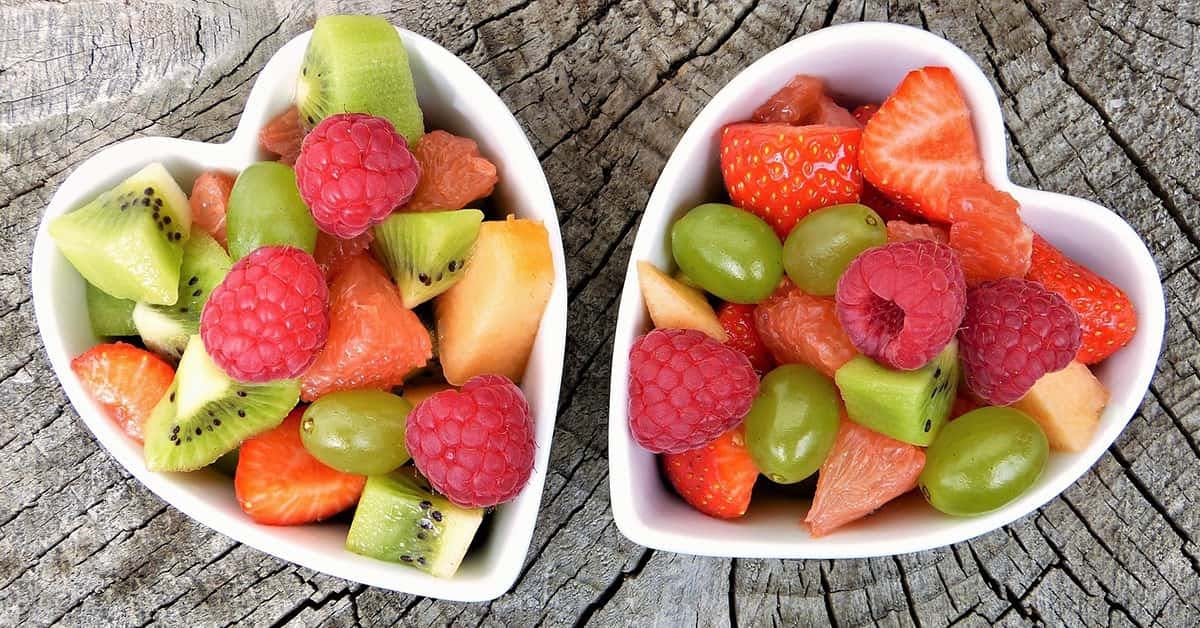Giving Treats to Diabetics

Valentine’s Day is celebrated by showing care and sentiment for others. Whether it’s flowers, cards, or treats, the holiday is brimming with opportunities to share chocolates and sugary sweets with loved ones. As we approach Valentine’s Day, caregivers may find themselves wondering:
“What could I give to friends and family members with diabetes mellitus (diabetes)?”
Type of Carbohydrate and Quantity or Volume
When gifting consumable treats to diabetics, there are two basic considerations: the type of carbohydrate and the quantity or volume of carbohydrate. Carbohydrates exist in the form of starches, sugars, and fiber. Many treats available during the holidays are developed with added sugar. For individuals with diabetes mellitus, the impact of sugar on blood glucose levels is assessed with the glycemic index (GI).
The GI ranges from 0 to 100, with low-glycemic foods ranked lower on the scale and high-glycemic foods ranking higher. For example, foods such as breads, pastries, and cookies have a higher GI, which predicts that when the food is consumed, the food source will have the most significant effect on raising blood glucose levels, which stimulates insulin release.
For a diabetic, consumption of foods with a high GI has a negative impact because insulin receptors are not as responsive as in nondiabetics. The unresponsive insulin receptors prevent glucose from entering cells to be converted to energy. The diabetic response to foods with a high GI is the elevation of blood glucose levels and insulin levels. In addition, elevated blood glucose is driven into the fat cells and stored as fat, contributing to obesity. Therefore, choosing edible treats with a low glycemic index is recommended.
Considerations For Gifting Sweets
Gifting treats to a diabetic doesn’t always mean choosing no-sugar options. Here are suggestions to consider when selecting a sugary treat for someone with diabetes:
- Avoid options made with processed sugars. This type of treat can cause an insulin spike, which makes it more difficult to manage blood sugar levels.
- Avoid “sugar-free” foods. These are commonly made with sugar alcohols, which can cause gastrointestinal upset.
- When selecting chocolate, choose options with higher cocoa content and a low amount of sugar and fat in reasonable quantities. Dark chocolate is an excellent choice that meets these criteria.
Tip: The determination of the GI for various foods is available on a number of apps that can be installed on any smartphone for quick lookup.
Low-GI Valentine’s Day Gift Options
Alternatives to purchasing and giving processed treats include preparing fresh fruit such as berries with whipped cream or Greek yogurt, sugar-free angel food cake with whipped cream or fruit, chocolate-covered almonds, or other diabetic-friendly recipes. Other dessert ideas with a low glycemic index include veggie trays with hummus or guacamole, apples with natural peanut butter or cheddar cheese, edamame, or air-popped popcorn. As in all cases, food allergies should be a consideration.
As with all treats, the quantity consumed should be in moderation. The above suggestions are not intended to be a diet modification for the individual with diabetes mellitus. The best recommendations of a comprehensive diet plan should be individualized and with an assessment completed by a dietician or a personal primary care physician.
Originally published on January 30, 2022, at My Prime Time News
Categories: General, Medical Weight Loss and Nutritional Therapy, Press
Tags: health
